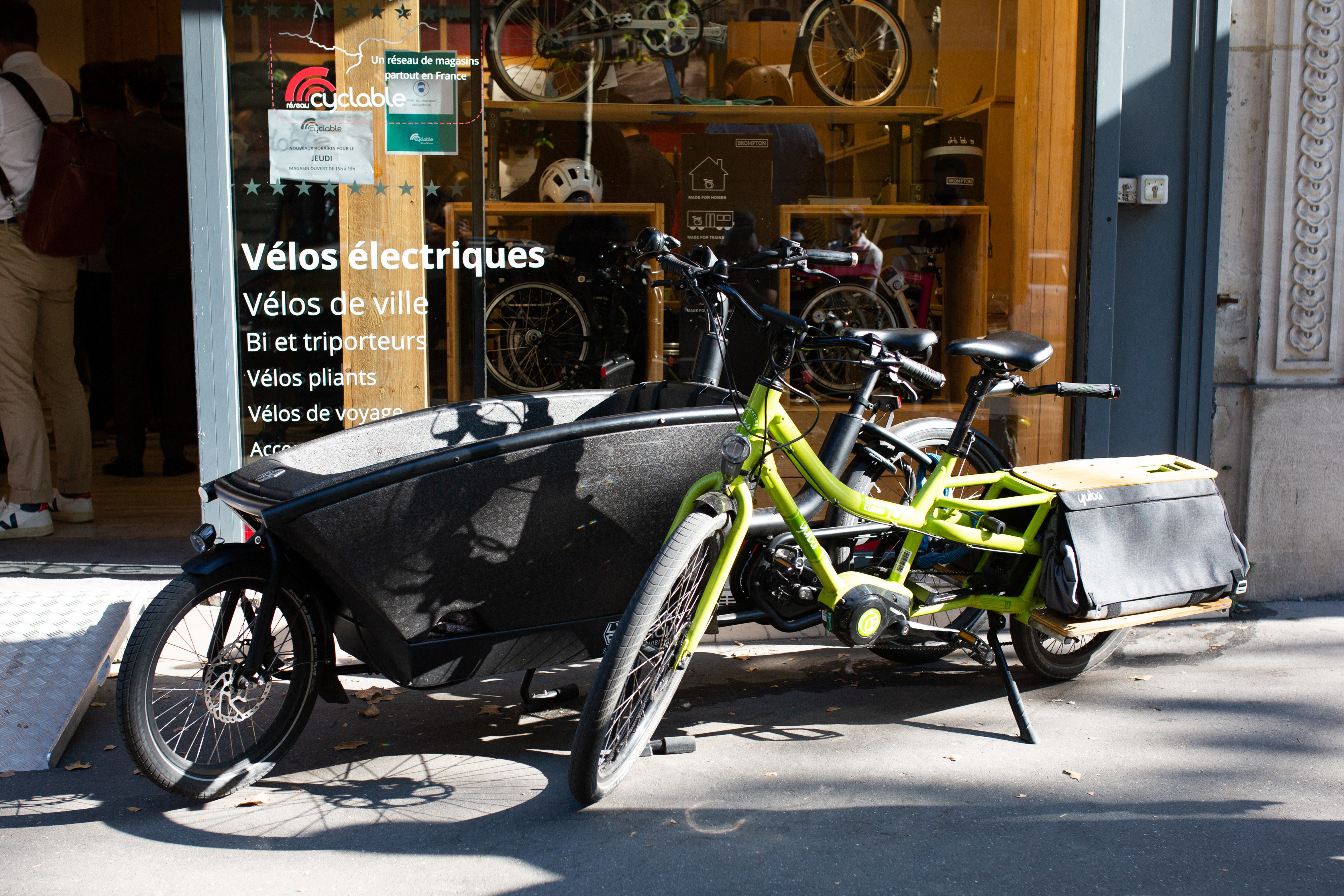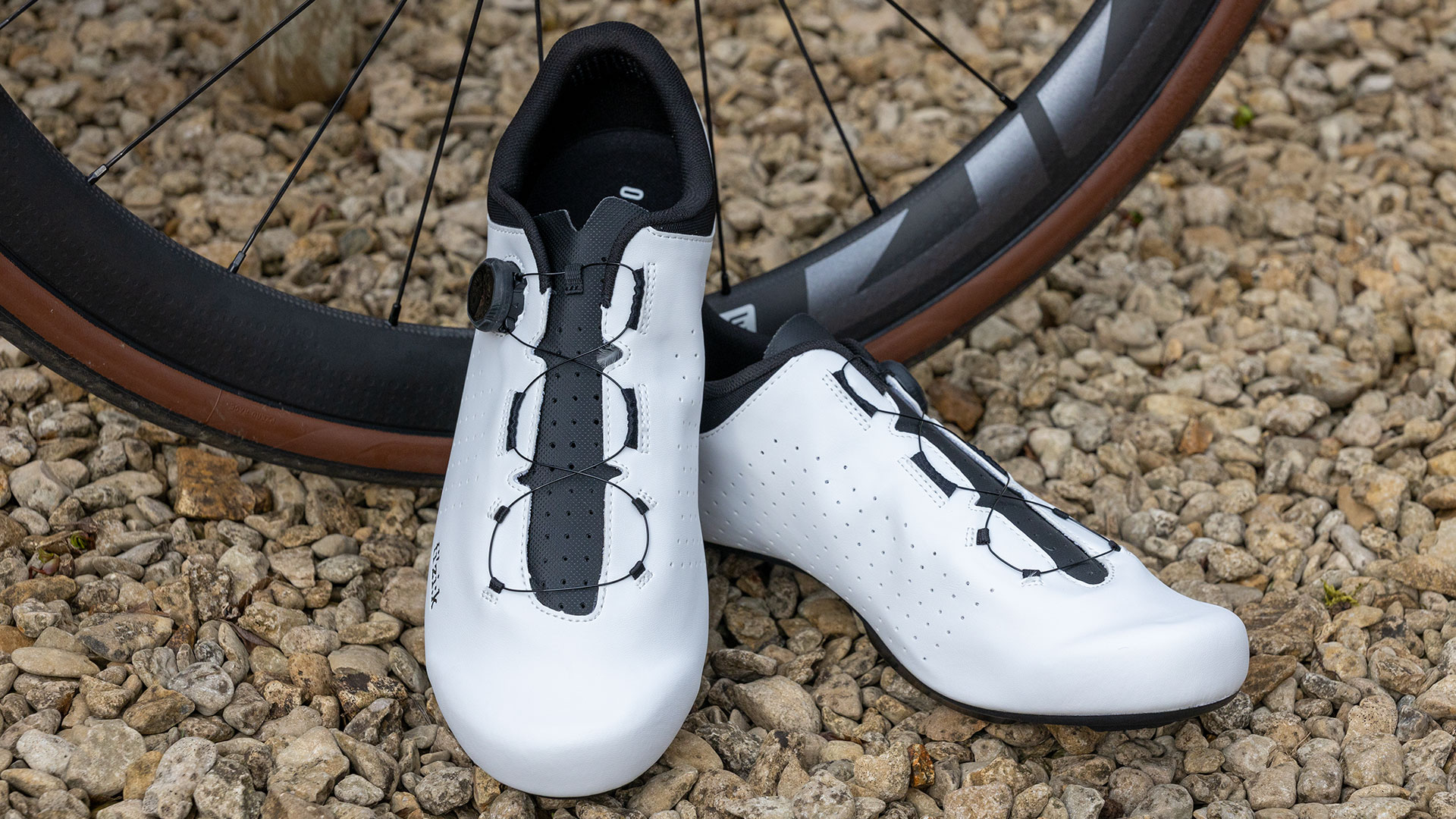Are e-cargo bikes the answer to all our traffic woes?
Electric cargo bikes look set to become a major feature of the local delivery landscape


Year on year, our urban roads become increasingly clogged up by traffic and a significant proportion of that traffic is local delivery, usually by van.
According to the Department for Transport’s latest 2019 analysis, van traffic accounts for around 16% of all vehicle miles driven on UK roads and it’s the fastest growing segment, increasing almost 40% in the last ten years, It’s up 50% on urban minor roads in the last 10 years while 23% of van miles are for delivery and collection.

The local delivery market is only going to increase with the continued growth of internet shopping. With same day delivery increasingly being offered by Amazon and others, load sizes are getting smaller and the logistics of getting them to your door less efficient, as delivery companies have less chance to optimise routes and consolidate parcels. Instant delivery of groceries from companies like Getir and Weezy looks like the next big thing, which will further increase local traffic and reduce load sizes.
The result is more, shorter journeys, to deliver less stuff at one time, making fossil fuel-powered vehicles ever less efficient. It’s a problem not just for the environment, but for delivery companies as well and one for which e-cargo bikes are an ideal solution.
Enter the e-cargo bike
We’ve all seen riders from companies like Deliveroo criss-crossing our urban landscape with their large, insulated backpacks. That’s something that works for deliveries of single items to customers, but isn’t practicable for larger loads or multiple deliveries. Electric cargo bikes are a great option to fill that space though.
There’s been a steady, minor market for cargo bikes for years, but it takes a dedicated rider to ride one all day every day under their own power. Adding a motor makes the cargo bike a much more attractive proposition for delivery riders and a viable option for larger loads too.
Finding somewhere to park a delivery van for a delivery is a persistent problem, often solved by double parking, again increasing city congestion. It’s something for which electric cargo bikes are an ideal solution. Their small footprint makes them easy to park between vehicles and they can often be parked on a pavement for a short time without causing an obstruction.
More choice
There are now an increasing number of bike makers offering e-cargo bikes and the makers of e-bike systems are offering new motor and battery options geared to their needs.
At their most basic, e-cargo bikes are heavy duty standard e-bikes, kitted out with a sturdy rear rack and sometimes a front rack too. That lets you carry a significantly larger load than a standard electric bike, without a longer wheelbase or substantially different handling.

Delivery bikes have been a staple for postal services for years, offering extra capacity for lighter load carrying; adding a motor just makes the design more versatile and easier to operate.
Move up in capacity and there are options with a longer wheelbase, allowing you to carry more. The Kona Electric Ute, for example, offers an extended rear luggage rack and the option to add a trailer. Cube has a range of cargo bikes too, which include a large capacity front hopper and a sturdy kickstand and can carry up to 220kg, while Raleigh has an electric cargo bike with a similar format as well as an electric cargo tricycle in its range.
Cargo-specific motors
Bosch is one brand that has got behind electric cargo bikes. It’s one of the top suppliers of motor systems for electric bikes, particularly hybrids and e-mountain bikes. It’s now supplemented that with a range of motors designed specifically for cargo bikes.
To make its motors work better for heavier loads, it’s tuned the power output to give increased torque at lower speeds and pedalling cadence, offering supplementary support up to 400% of the rider’s power input.
With 250 watts of power and 85Nm of torque, there’s plenty of extra support to move heavy loads, and Bosch rates its motors for laden weights of up to 250kg. The Cargo Line Speed motor will let you zip around at up to 45kph rather than the more usual 25kph supported by the Cargo Line Cruise.

Shimano's new cargo-specific motors give more power at lower speeds
Bosch supplements that with a range of higher capacity batteries, with the double battery pack storing 1250Wh of power and giving a claimed range of up to 136km.
Shimano too has recently launched cargo-specific versions of two of its STePS system motors, which like Bosch’s units are designed to provide extra power at lower speeds. They can be paired with its Nexus hub gears for automatic shifting, so that the system will change down into its lowest gear automatically when starting out. Again, there are large capacity battery options, with up to 3000Wh available from some third party battery suppliers.
From 2018, EU regulations have allowed motors of up to 1000 watts and throttle operation on some electric cargo bikes too, making heavier deliveries an option, although riders of these e-cargo bikes will need to be licensed and assistance is still limited to 25kph.
Will the e-cargo bike take over?
There’s pressure from the top to green up the delivery industry as well as the economic argument, with Amazon, for example, pledging to reduce its carbon footprint and become carbon neutral by 2040. Delivery companies are getting on board too with Yodel, for example, operating pedal-powered delivery services in seven UK cities and targeting over 300,000 deliveries by bicycle in 2021.
With increasing demands that delivery companies lower their carbon footprint and the rise of companies offering shorter delivery times on smaller loads, electric cargo bikes look set to become an increasing feature of our urban landscape.


Thank you for reading 20 articles this month* Join now for unlimited access
Enjoy your first month for just £1 / $1 / €1
*Read 5 free articles per month without a subscription

Join now for unlimited access
Try first month for just £1 / $1 / €1
Get The Leadout Newsletter
The latest race content, interviews, features, reviews and expert buying guides, direct to your inbox!
Paul started writing for Cycling Weekly in 2015, covering cycling tech, new bikes and product testing. Since then, he’s reviewed hundreds of bikes and thousands of other pieces of cycling equipment for the magazine and the Cycling Weekly website.
He’s been cycling for a lot longer than that though and his travels by bike have taken him all around Europe and to California. He’s been riding gravel since before gravel bikes existed too, riding a cyclocross bike through the Chilterns and along the South Downs.
-
 Man hands himself in to Belgian police after throwing full water bottle at Mathieu van der Poel during Paris-Roubaix
Man hands himself in to Belgian police after throwing full water bottle at Mathieu van der Poel during Paris-Roubaix30-year-old was on Templeuve-en-Pévèle cobbled sector when television pictures showed the bottle hitting him in the face
By Tom Thewlis Published
-
 Fizik Vento Omna Wide shoe review: Yeti sneakers for those pedalling on a budget
Fizik Vento Omna Wide shoe review: Yeti sneakers for those pedalling on a budgetBroadly recommended for those of us with flipper feet
By Simon Fellows Published